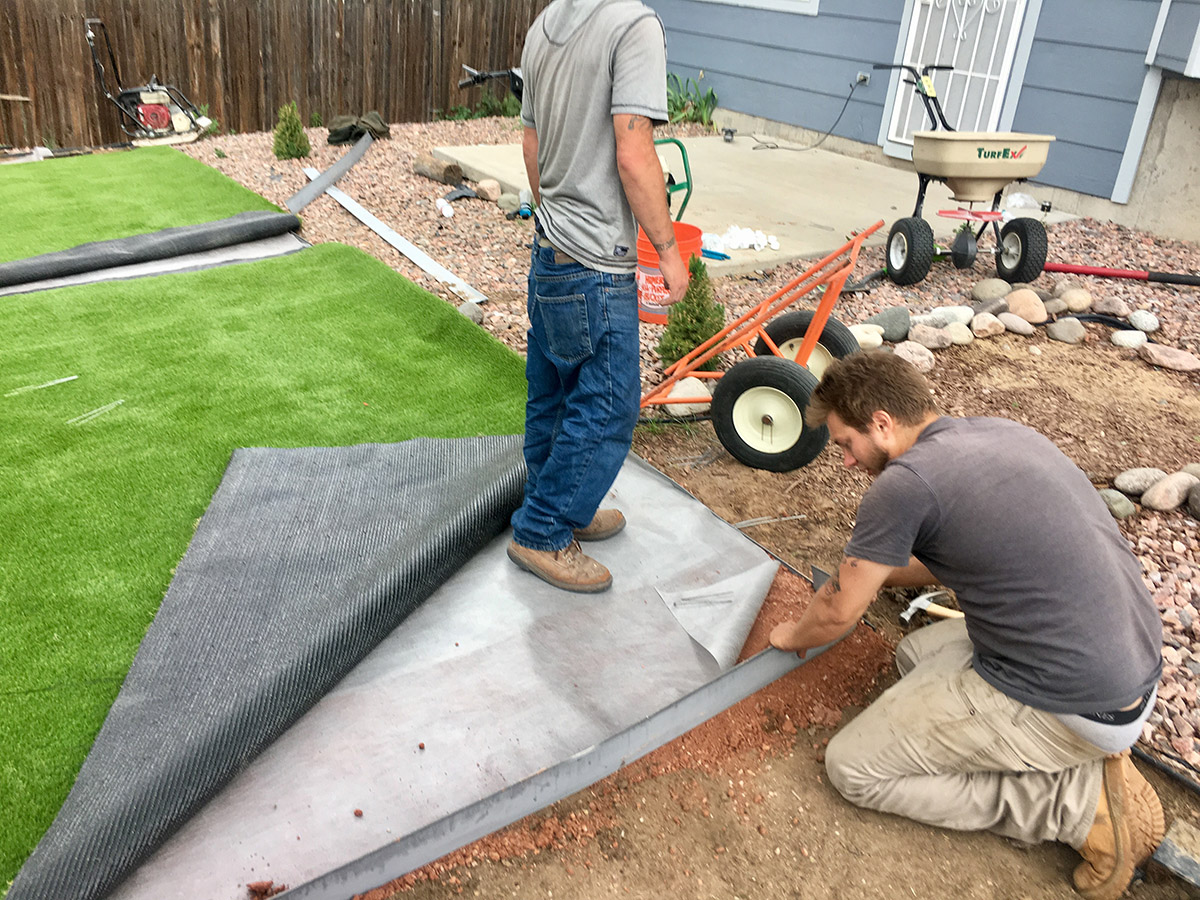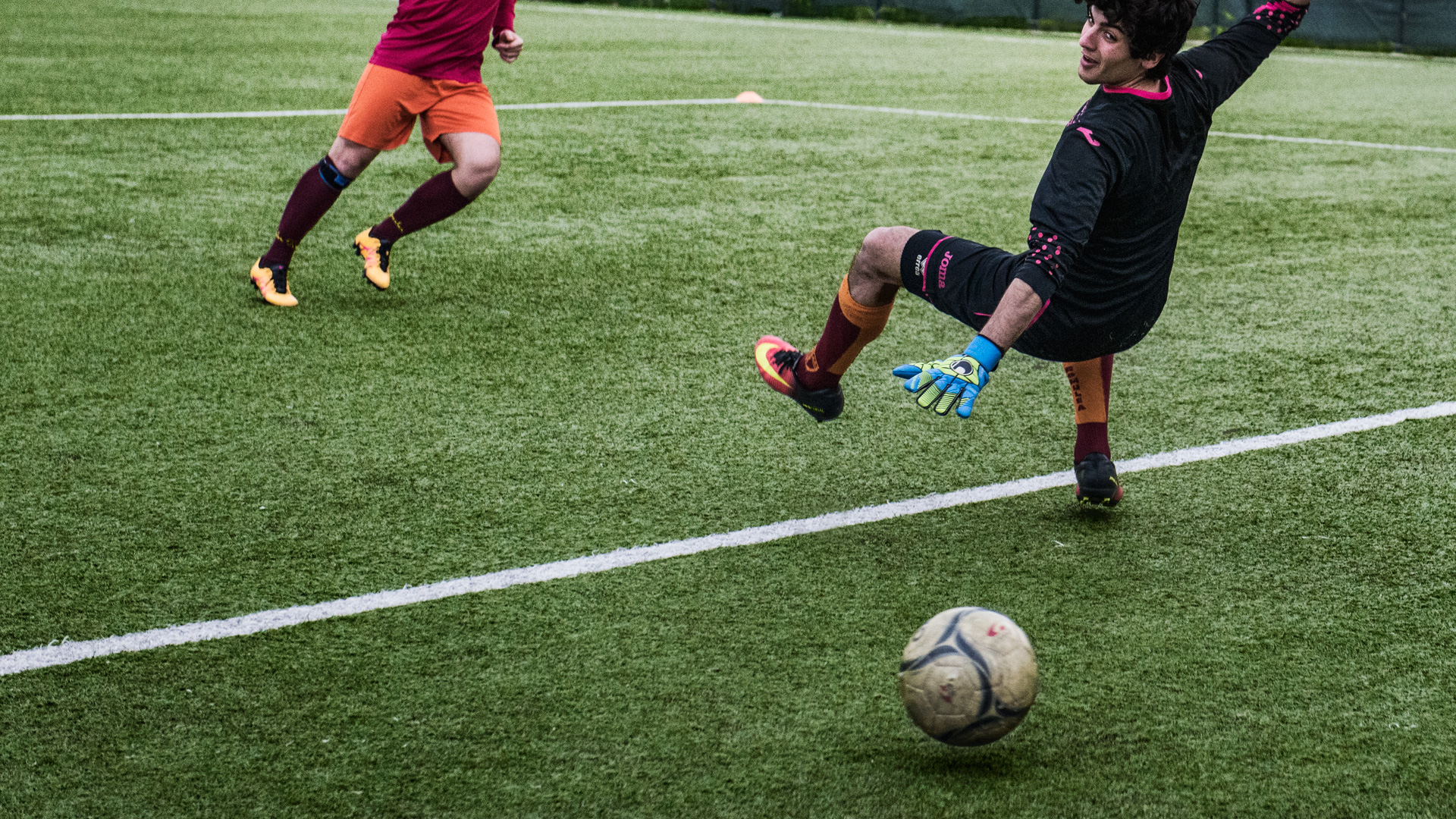Enhance Your Outdoor Space with Arizona Artificial Turf for a Vibrant Green Look
Enhance Your Outdoor Space with Arizona Artificial Turf for a Vibrant Green Look
Blog Article
Delve Into the Environmental Conveniences of Opting for Synthetic Grass Solutions
The adoption of artificial lawn options presents an engaging chance to address pushing ecological challenges. By dramatically minimizing water usage and decreasing the application of dangerous chemicals, these options not only advertise sustainable landscape design but additionally safeguard local ecological communities. The lower carbon footprint linked with decreased upkeep tasks contributes to an extra sustainable strategy to land monitoring. Nonetheless, the ramifications of these advantages extend beyond plain conservation efforts, questioning concerning their long-lasting influence on habitat conservation and total ecological equilibrium. Exploring these dimensions exposes a complicated interaction worth taking into consideration.
Water Conservation Advantages
One of the most significant benefits of fabricated grass is its ability to conserve water. In comparison, synthetic turf does not require watering, substantially decreasing the overall demand for water resources.
By getting rid of the need for routine watering, synthetic grass adds to sustainable landscape techniques and helps minimize the environmental effect of too much water usage. The preservation of water extends to the reduction of overflow, which can lead to dirt disintegration and waterway contamination.
In addition, the installation of man-made lawn allows property owners and districts to allot water sources extra efficiently, concentrating on crucial uses such as drinking water and farming. The change in the direction of artificial grass not only promotes accountable water use yet additionally aligns with broader environmental goals targeted at protecting natural deposits.
As neighborhoods progressively focus on sustainability, the water preservation advantages of fabricated lawn offer a compelling case for its fostering in residential and commercial landscaping projects.
Decreased Chemical Usage
The shift to synthetic grass considerably reduces the dependence on chemical therapies frequently made use of in all-natural lawn upkeep. Traditional turf management generally involves the application of herbicides, plant foods, and chemicals to advertise growth and control pests. These chemicals can pose risks to human health and wellness, neighborhood wildlife, and the environment, adding to dirt and water contamination.
On the other hand, synthetic turf removes the requirement for these damaging substances. As soon as set up, it requires marginal upkeep, largely being composed of regular cleansing and irregular infill replenishment. This decrease in chemical usage not just benefits the prompt atmosphere but likewise contributes to more comprehensive eco-friendly stability. By decreasing the release of artificial compounds right into the community, synthetic grass advertises healthier dirt and water supply.
Furthermore, the absence of chemical overflow related to synthetic grass installations assists shield local waterways from contamination, sustaining aquatic life and maintaining biodiversity. Arizona artificial turf. As communities progressively focus on lasting techniques, choosing for artificial turf provides a viable solution that lines up with ecological preservation objectives. Via this shift, property owners can delight in rich eco-friendly areas without endangering eco-friendly wellness, leading the way for a more sustainable future
Lower Carbon Footprint

In addition, the installment of artificial turf can lead to considerable water preservation. All-natural grass call for substantial quantities of water for watering, which not just includes to the carbon impact linked with water removal and therapy yet additionally strains local water resources. In contrast, artificial turf needs minimal maintenance, calling for no watering, thereby significantly reducing water usage and its associated power prices.
In addition, the long life of synthetic grass adds to its decreased carbon effect. With a life expectancy of as much as 15 years or more, the requirement for regular replacements is decreased, resulting in less waste and reduced power usage in manufacturing and throwing away typical lawn alternatives. Overall, synthetic grass offers a Turf installation phoenix az sustainable option for eco mindful landscaping.
Habitat Conservation
Habitat preservation is an essential factor to consider in the argument over landscaping options, particularly when contrasting synthetic grass to natural grass. Natural lawn yards usually require comprehensive upkeep, consisting of using chemicals, herbicides, and plant foods, which can detrimentally affect local ecological communities. These chemicals can seep right into the soil and rivers, harming indigenous flora and fauna and interfering with regional environments.
On the other hand, synthetic grass offers an opportunity to minimize the ecological footprint of landscape design. By selecting artificial turf, property owners can decrease the interruption of all-natural habitats connected with typical lawn care methods. Synthetic grass removes the demand for damaging chemicals, therefore securing close-by wild animals and keeping the integrity of surrounding environments. Moreover, the installation of synthetic grass can bring about the conversion of former grass areas into more biodiverse landscapes, such as pollinator gardens or native plant areas, which can sustain regional wild animals.
Ultimately, the transition to synthetic grass not just preserves water and lowers upkeep initiatives however likewise promotes a more harmonious connection between human activities and the native environment, promoting habitat preservation at the same time.
Long-Term Sustainability
Lasting sustainability is an important aspect in assessing the advantages of synthetic grass over conventional lawn yards. Among the most significant advantages of synthetic grass is its resilience; it can last up to 15-20 years with marginal maintenance, whereas all-natural lawn requires constant reseeding and replacement. This long life minimizes the need for consistent resources, such as water, plant foods, and pesticides, which are crucial for preserving a healthy turf yard.
In addition, synthetic grass adds to a reduction in carbon emissions connected with yard treatment tools. Standard yards frequently call for gas-powered mowers, trimmers, and blowers, every one of which add to air pollution. Arizona artificial turf. On the other hand, man-made turf gets rid of the demand for such equipment, advertising a cleaner setting
Furthermore, the manufacturing of synthetic grass significantly utilizes recycled materials, improving its sustainability account. As manufacturers embrace environmentally friendly methods, the ecological impact of synthetic grass remains to lessen.

Verdict
The adoption of artificial lawn services offers considerable ecological advantages, consisting of significant water conservation, reduced dependence on dangerous chemicals, and a reduced carbon impact. Synthetic lawn aids in protecting all-natural habitats by reducing land disruption and promoting long-lasting read this sustainability via the use of resilient products. Collectively, these elements emphasize the potential of synthetic grass to contribute positively to ecological wellness and provide a feasible his explanation alternative to conventional landscape design practices in a significantly resource-conscious world.
In contrast, fabricated turf does not need watering, significantly minimizing the total need for water resources. By decreasing the release of synthetic compounds right into the ecological community, synthetic turf promotes healthier dirt and water systems.
Furthermore, the setup of man-made grass can result in significant water preservation. In comparison, fabricated lawn requires marginal upkeep, calling for no watering, therefore significantly reducing water usage and its associated power prices.

Report this page